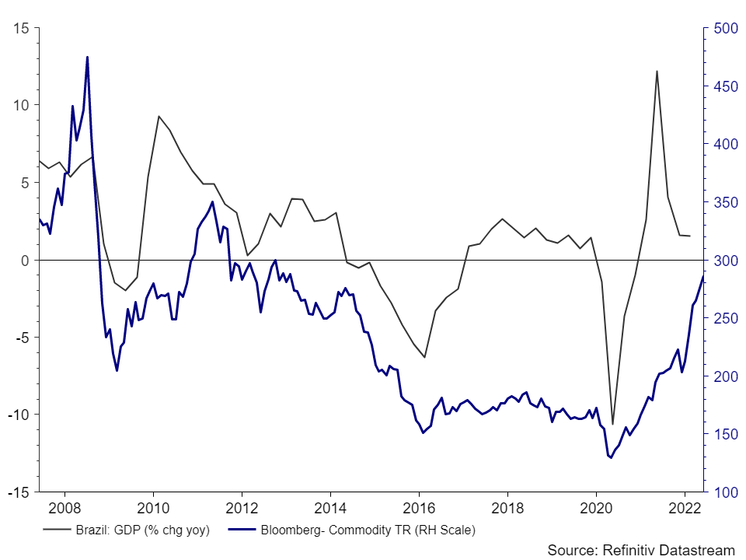In addition, technical factors deriving from index profiles (IBEX 35 is heavily concentrated in the financials industry, which has been greatly burdened by a context of low interest rates, capital requirements and technological disruption) and a rising political-risk premium (chiefly due to Catalonia and risks stemming from governmental composition). All of which is within the context of considerable re-rating of the technology industry (without excessive specific weighting in Spain) and very poor perception of LatAm (the region accounts for c.20% of earnings of Spain-based companies and is the source of the greater part of their internationalisation process). As a result, Spain’s relative level of per capita income bottomed in 2021, with a discount of c.30% to the average for EU member states (a far cry from the minimum gap of c.15% vs. Europe in 2008, and returning to record levels of 2000).
Leading economic indicators are starting to reflect potential reversal of this situation. In fact, the IBEX35 has registered outperformance in the region year to date (+c.1% vs. –c.11% Euro Stoxx 50).





